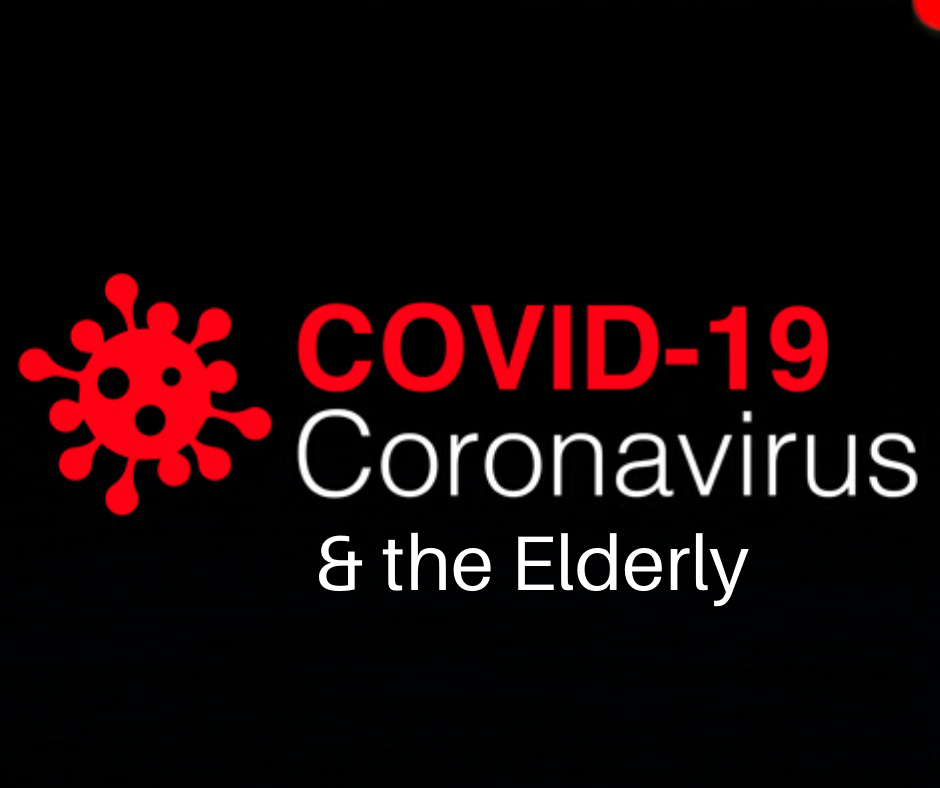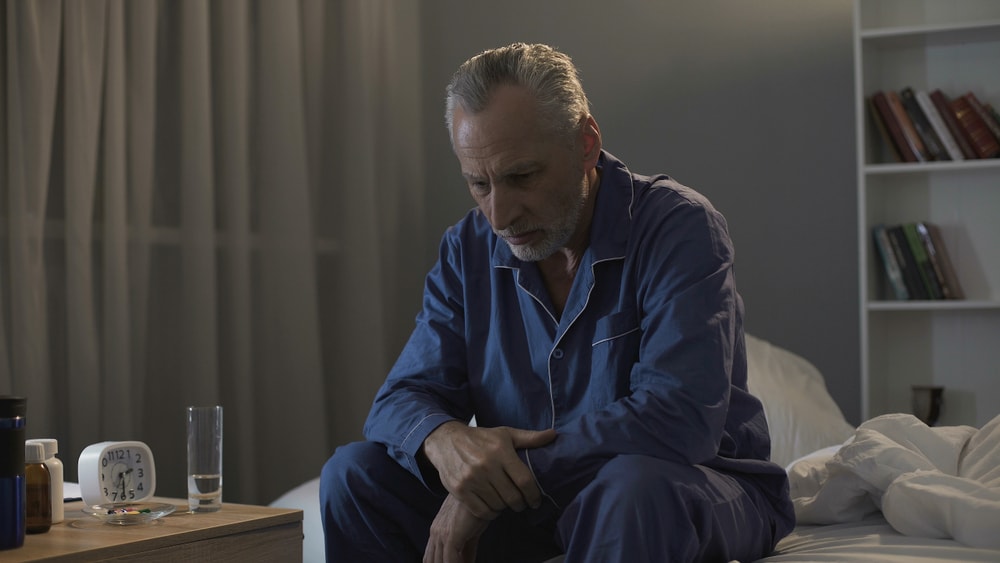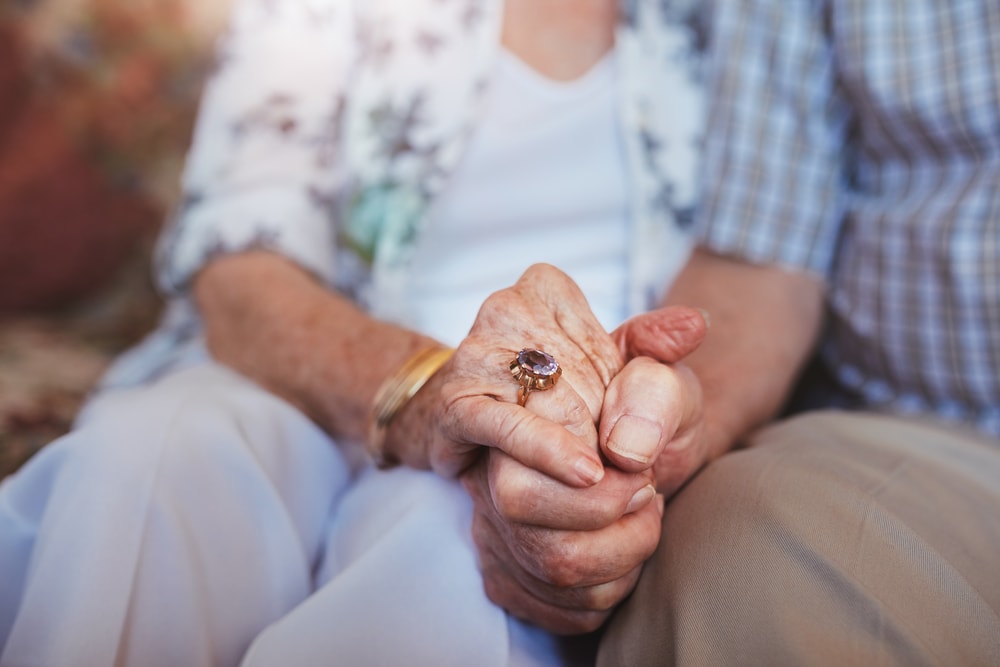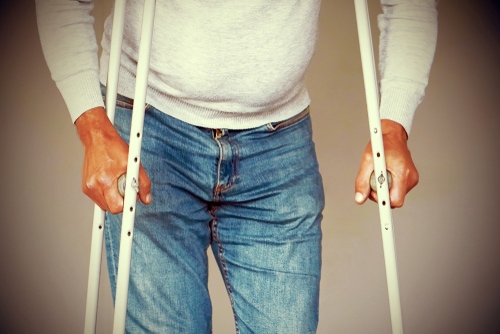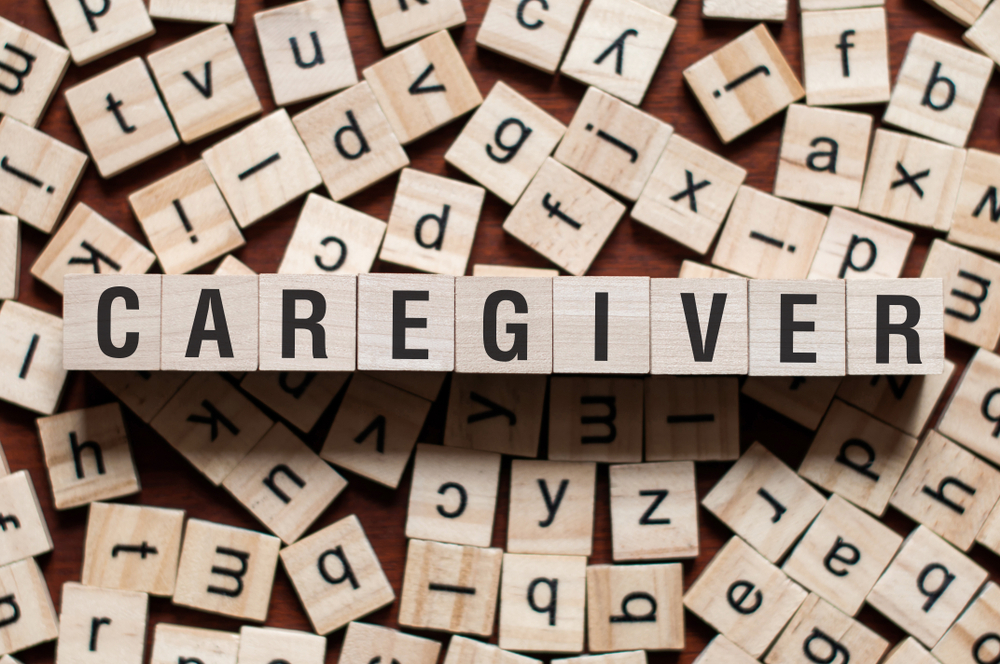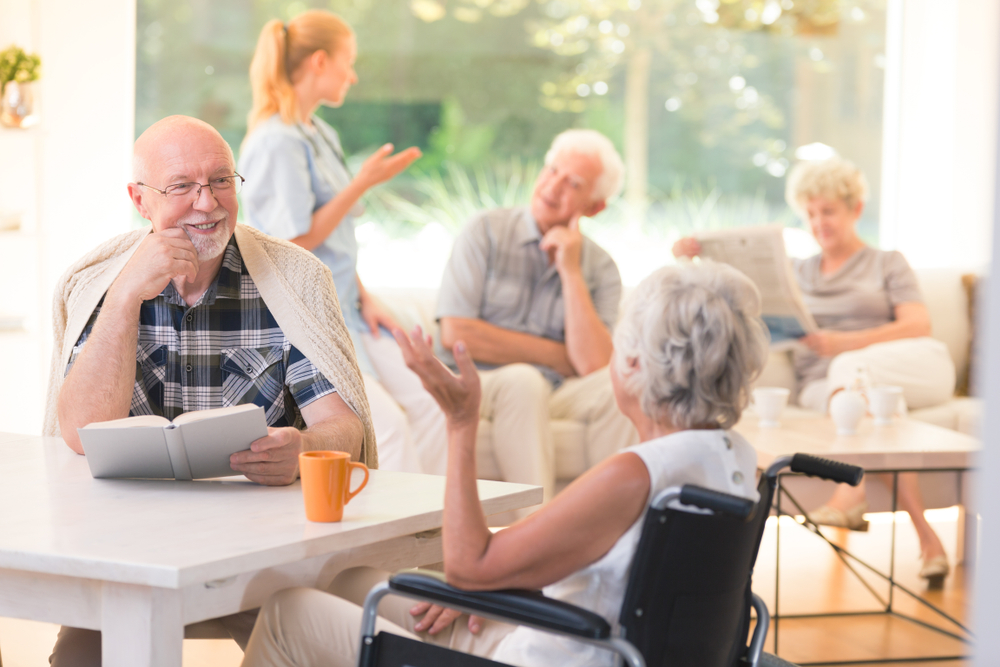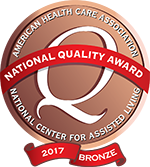If you have aging parents, you know how daunting the task of helping them organize their belongings can be. Still, it’s a critical part of being realistic about the aging process. It’s best to organize things like photos and documents before your parents go into a healthcare facility or nursing home. If you don’t, it can become a big job down the road.
Here’s your complete guide to helping your parents get organized this year.
How (and why) to Organize Old Photos
Old photos contain precious family memories, so keeping them close is essential. If your parents are the type to snap photos everywhere they go, it could also be a big task. With that in mind, follow these tips to organize old photos:
- Divide and conquer. If your parents have boxes and boxes of photos, don’t try to conquer them all at once. Instead, start with a single box. Dividing this job into smaller tasks makes it easier to complete.
- Sort. Sort the photos according to your system of choice. This could mean family, friends, years, or holidays.
- Dump duplicates. If you come across duplicate (or similar) photos, keep the one that you like best, and get rid of the others. This cuts down on clutter without sacrificing memories.
- Store. Store photos in a format that makes sense to you. It could take the form of photo books, marked photo boxes, or scrapbooks.
Organizing Documents
If your parent finds themselves in an emergency healthcare situation, you might realize you don’t have the documents and paperwork you need. As such, it’s smart to collect all official records before an emergency.
Here are a few of the essential documents you’ll need to keep track of:
- Birth certificate
- Driver’s license
- Social security card
- Medicare or Medicaid insurance coverage card
- Organ donor card
- Marriage certificate
- Credit cards
- Mortgage records
- Military records
- Legal POA, Living Will, Advanced Directives, etc.
- Safe-deposit box information, including the name of the owner of the box, a note of the location of the key, as well as a list of the contents and the names of everyone who has access to it
- Tax returns
- Insurance policy docs
- Stocks, bonds, real estate, and other investment information
Finally, your parents will need to make a list of essential contacts and accounts. If your parents become unable to speak or make decisions for themselves, you should know how to access bank accounts, loans, credit cards, insurance profiles, and any other accounts your parents have.
You should also know how to get in touch with their attorney, financial planner, broker, and anyone else who knows about or controls your parent’s trusts, wills, and finances.
Get Organized Now to Avoid Problems Later
Although it may feel like a daunting task to organize boxes of old photos and documents, it’s crucial. If you can get your parents to help, you can enjoy a walk down memory lane together.
Additionally, getting your parents organized before a health problem helps them be more relaxed. It also helps them focus on healing and getting better when they are in the hospital or a care facility.
Here at Senatobia Healthcare, we’re happy to help you and your parents get organized, and how you can prepare – as a Mississippi family – for the next big transition. Contact us today to learn more.

